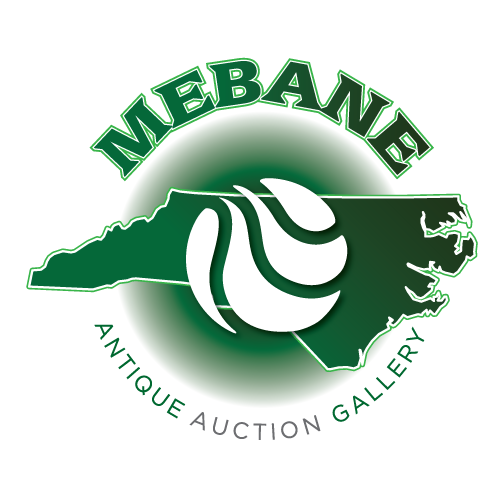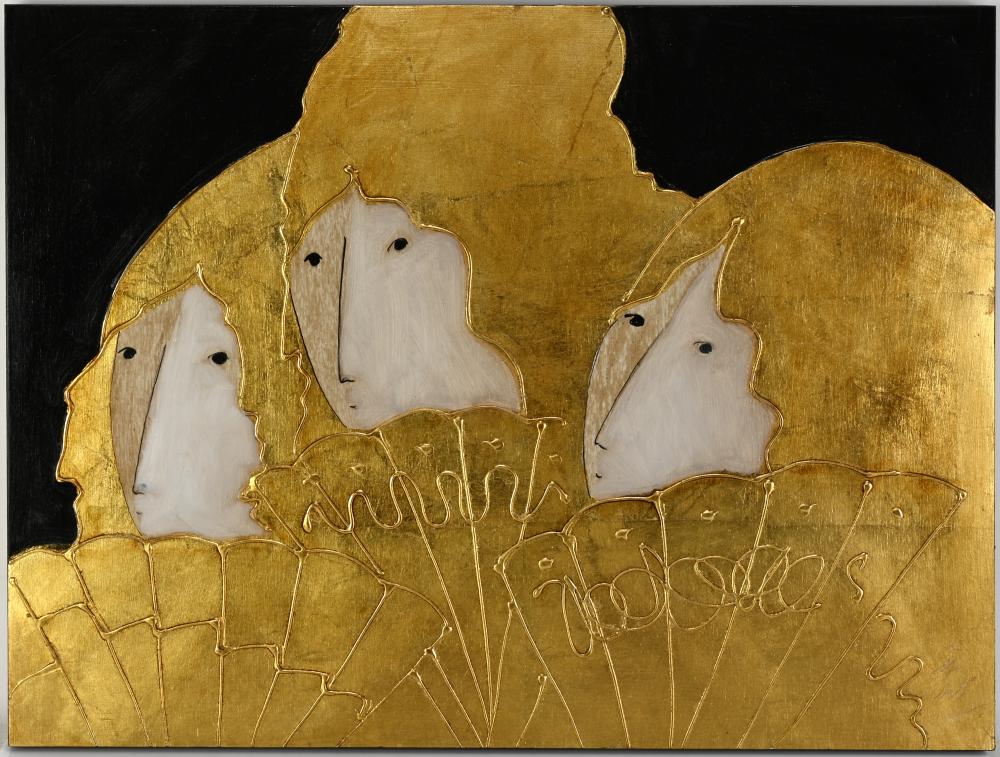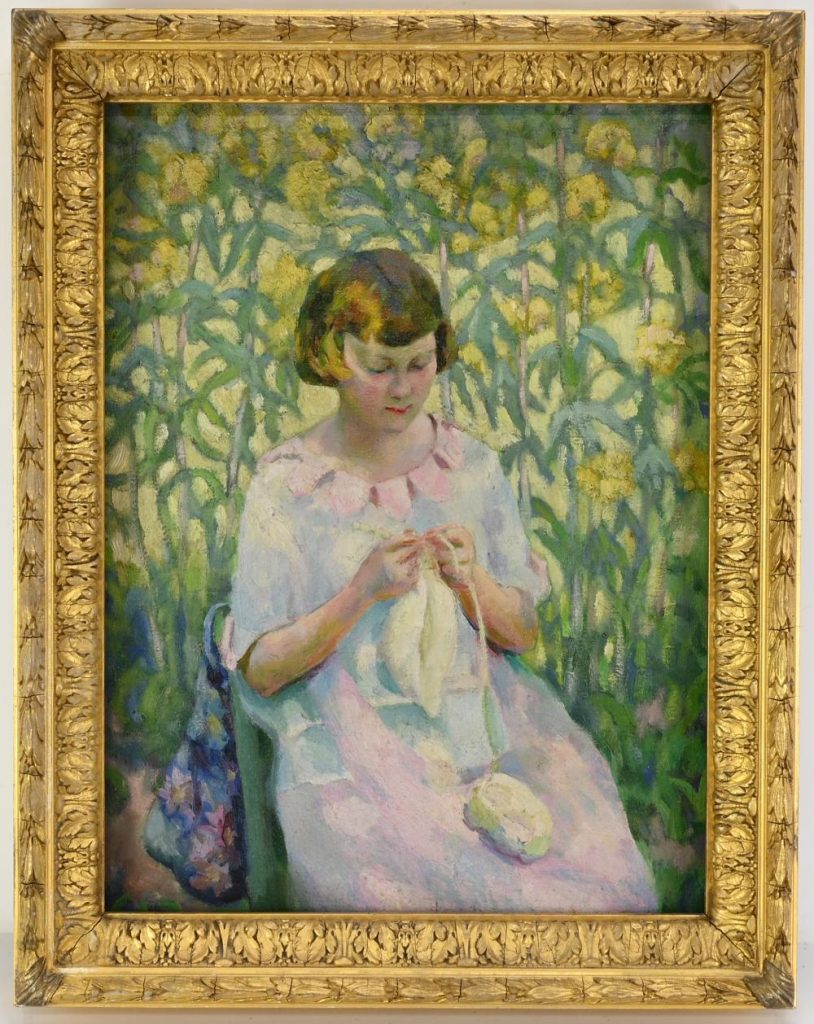Mary Cannon (1919) and Arthur Watts Clark (1922) were born into a world recovering from “a world of hurt.” WWI had killed 16 million people from 1914 to 1918, and the Spanish Flu epidemic killed another 50 million from 1918 to 1919! Soon would come the Great Depression and then WWII (when 75 million would die). Millions of displaced persons (refugees) were everywhere in the world, but for Mary and Arthur there would be mostly kinder travels, and lots of them.
Arthur, born in Seattle to Irving and Nell Watts Clark (who had met in Paris during WWI), was grammar-schooled in France and Switzerland. With war clouds gathering in Europe in the 1930s, the multi-lingual family returned to Washington State and Arthur graduated from Seattle’s Lakeside High School as valedictorian of his class (1939). Love of geology drew Arthur to UNC for college.
Born in Saint George SC, Mary was the only child of pharmacist Claude and Connie Cannon. Mary’s childhood homes included Boston, Staten Island, Baltimore, Washington DC, Charleston SC, and Galveston TX, as Mary’s pharmacist father was assigned to a series of quarantine stations. She took lessons in drawing, music, and acting as a child. At the College of Charleston, Medical Science was her major. After graduation, her father urged her to attend UNC Law School. So Mary met Arthur.
The US was about to enter World War II. Then, December 7, 1941, was the day Pearl Harbor was attacked, and within a year Arthur and Mary would complete their respective studies (Mary had switch to Dramatic Art) and then marry. Arthur enlisted in the Army Air Corps (which would evolve into the US Air Force). Just over nine months after the wedding, the couple would have a child, Arthur Junior.
Having been at the top of his UNC class with excellent skills in science and math, Arthur Senior attended military photography and intelligence schools at Yale and in Florida, then shipped out with the 35th Photo-Reconnaissance Squadron (35 PRS) across the Atlantic, through the Mediterranean, Red, and Arabian Seas, across India by train, and finally over the Himalayan “Hump” (in an unpressurized airplane) into Southwestern China where he joined the unit known as “the Flying Tigers.” Despite being bombed on his birthday, flying on a couple of bombing missions, and eventually getting amoebic dysentery, Arthur made it through the war and returned to Mary and Arthur Junior, and to (never quiet) life in the USA.
During the war, Mary and the baby lived in coastal NC where she taught school and did office work at a shipyard. She wrote countless letters to Arthur, and also used the time to rekindle her passion for the arts. After the war, she ultimately received a Master of Arts degree from UNC’s department of Dramatic Art.
Arthur never left the military behind after the war, constantly enrolled in the USAF Reserve, mixed with periods of wartime and peacetime active duty. During the “Cuban Missile Crisis” he led a “recovery squadron” at the Raleigh-Durham Airport. By the time he finally retired from all duty, after more than four decades of service, he had been honored for his achievements with the Distinguished Service Medal, the Legion of Merit with oak leaf cluster, the Bronze Star, Meritorious Service Medal, and Air Force Commendation Medal, among many other decorations.
In private life, after WWII and then earning an MS in Geology at Berkeley, Arthur joined Home Security Life Insurance Company in Durham, NC and rose through the Company ranks to become President, Chairman and CEO. In civic affairs, he held leadership positions with the Research Triangle Planning Commission, the North Carolina Central University Foundation, the Medical Foundation of North Carolina, the Lineberger Cancer Research Center, the Triangle Community Foundation, and the North Carolina Zoo, among others.
The Family attended First Presbyterian Church in Durham. Mary and Arthur sang in the choir and taught Sunday school. Arthur became a Deacon and an Elder, and the Church was among the top beneficiaries of a long list of institutions and organizations that the Clarks supported.
Arthur’s interests, besides profession, military, civic, and church interests, were numerous. After the war, he became a pilot and flight instructor, master marksman (made his own bullets), avid tennis player, woodworker, rower, expert gardener, and amazing photographer. A member of the prestigious Explorers Club, Arthur’s travel adventures ultimately took him and his camera to the North Pole, the South Pole and countless places in between (all seven continents).
Meanwhile, while raising her growing family, Mary wrote papers as a participant in literary societies (e.g. Folio Club) and music clubs, and did puppetry for children. She sculpted and then designed dolls while assembling a collection of dolls from around the world. She collected art books and paintings as well. Most importantly, she continued studying and developing skills as a painter, leading to a remarkable and prolific career as an artist and teacher. Mary’s own favorite art teacher was Mabel Pugh under whom she studied at Peace College in Raleigh (and whose works Mary collected). Another memorable learning venue was Lake Como, Italy, where Mary studied briefly (she also traveled to Ireland, Paris, Eastern Europe, Africa, Hong Kong, Hawaii, Guam, etc).
Mary was extremely talented in portraiture and copy work, but also in teaching – helping many students realize their own potential as artists, with several becoming professional artists and teachers. Mary often helped students copy the work of the great classical artists. In a newspaper article, Mary was quoted saying, ”I believe copy work is the most valuable tool of teachers. It was used by the masters, and although it was once frowned on, it isn’t anymore.” Mary herself became a registered copyist at the National Gallery in Washington, where she was able to copy treasured original paintings with her easel positioned in front of the masters’ original work.
Most of the hundreds of commissioned portraits Mary painted, though, involved working from photos, since most subjects were too busy to sit and pose. Mary’s portraits which hang across the country and as far away as Brussels, Belgium.
In her sons, Mary instilled enthusiasm (and some talent) for art, poetry, music and stories; and vitality with a humorous touch. She taught them a strategy of inventing games to accomplish whatever they wanted to get done.
Mary was a dedicated caregiver for her loving and beloved parents throughout their senior years. Even near the end of her own long life, in the ICU at UNC Hospital, with a breathing tube in her, Mary Clark beautifully sketched a wonderful nurse who was on duty.
Arthur was by Mary’s side, holding her hand when she died peacefully since 2018, five years later, he has returned to be by her side again forever.
Items from the estate will sell May 31st and June 1st, 2024! Check out our upcoming auction calendar for more information!


